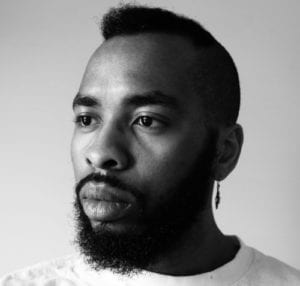
William C. Anderson is a writer and activist from Birmingham, Alabama. His work has appeared in the Guardian, MTV, Truthout, and Pitchfork, among others. He is the co-author of the book As Black as Resistance (AK Press. 2018) and his writings have been included in the anthologies, Who Do You Serve, Who Do You Protect? (Haymarket, 2016) and No Selves to Defend. His forthcoming book The Nation On No Map will be published in 2021 by AK Press.